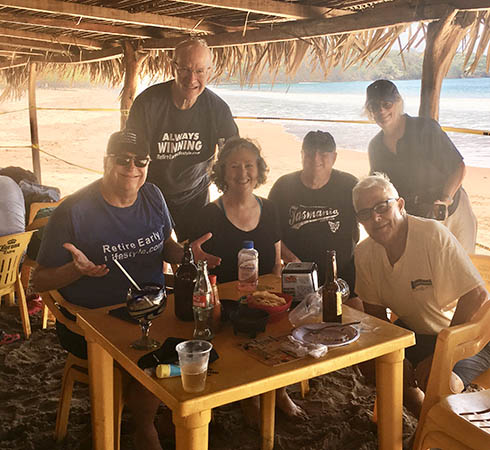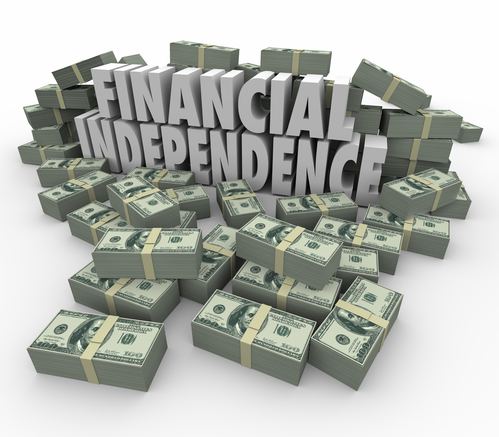Special to the Financial Independence Hub
There’s never a lack of commentary on what we know about investing: or at least what we think we know. Experts and amateurs alike love to opine on the subject.
For a change, let’s cover three things we don’t know about investing, and how to use our “ignorance” to become better investors.
1.) We don’t know what tomorrow will bring
What’s money for? It’s for funding everything you would like to consume in your lifetime (and bequest to your heirs). The catch is, none of us knows exactly how our lives and financial positions are going to unfold. In “How To Think About Investment Risk,” Professor Ken French describes this risk as “uncertainty about lifetime consumption.”
Because we don’t know what lifetime risks we’ll be facing, or when we’ll be facing them, it’s best to build them into your investment strategy from the beginning. That way, you’re already as ready as possible when they do occur. It’s why we suggest maintaining liquid lifestyle reserves, balancing your portfolio between stocks and bonds, diversifying across broad market risks, and buying insurance to safeguard your most valuable consumables.
2.) We don’t know ourselves
Another common blind spot is how often our subconscious thinking tends to drive our supposedly deliberate decisions. In his book of the same title, Nobel laureate Daniel Kahneman calls this “Thinking, Fast and Slow.” Fast thinking keeps us alive in an emergency. Slow thinking helps us solve complex equations. By realizing you’re usually thinking on two levels, you can build this into your planning, particularly when balancing risks and expected rewards.
For example, Kahneman describes how people are inherently loss averse: We usually hate losing money about twice as strongly as we enjoy making money. You can leverage this hidden bias (along with basic math) to create an appropriate investment balance between the risks and expected rewards you choose to invest in. For example, would you bet your entire life savings on a 70% chance of doubling your money, but a 30% chance of losing everything? Most people wouldn’t take that bet, as the downside would seem too severe.
By acknowledging our hidden “fast thinking” tendencies, we stand a much better chance of sensibly building its influence into the financial choices we face.
3.) We don’t know what we don’t know
Ever heard of “the Dunning-Kruger Effect”? It’s a fancy term for describing how people who are less familiar with a subject tend to be more confident about their understanding of it than someone who is an expert in the same.
This MindfulThinks video describes how the effect works by comparing a college basketball fan to an actual player. An ardent fan may believe they know almost everything about the game, while the player may feel they’ve only mastered half of its intricacies. Why the disconnect? The player’s deep, hands-on experience leads to a more realistic assessment of everything there is to know about the sport. In contrast, the fan is blissfully unaware of huge gaps in their second-hand understanding. Continue Reading…











